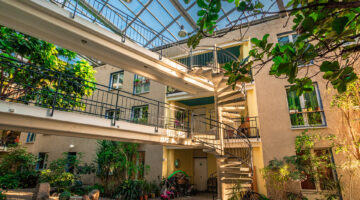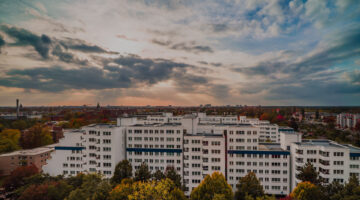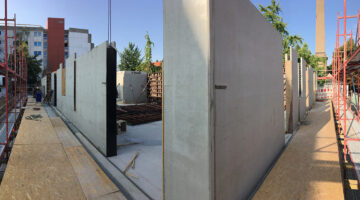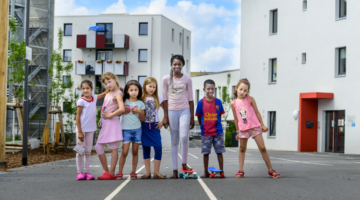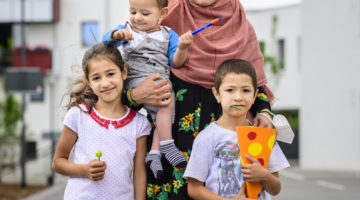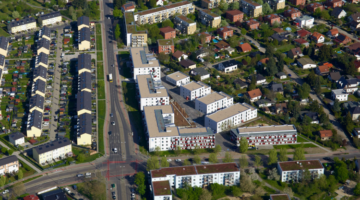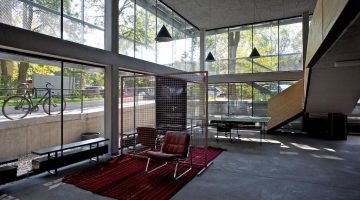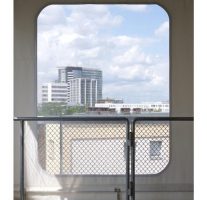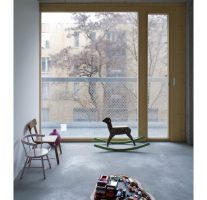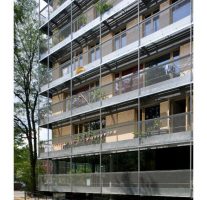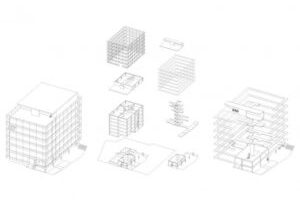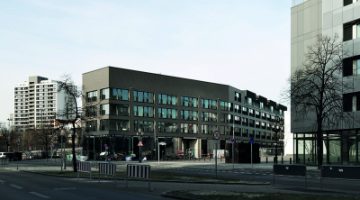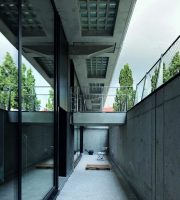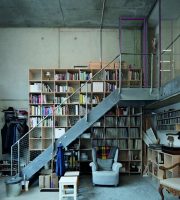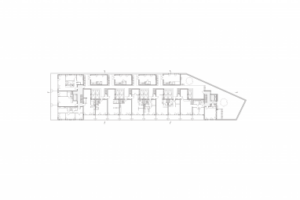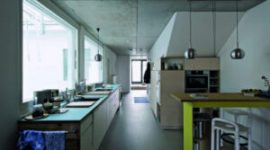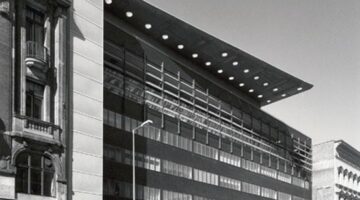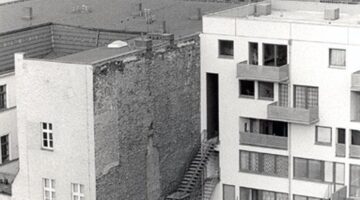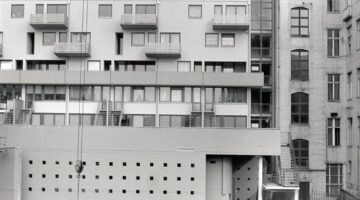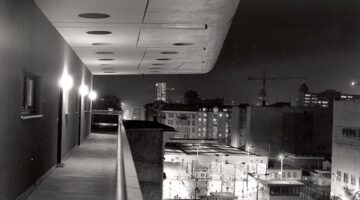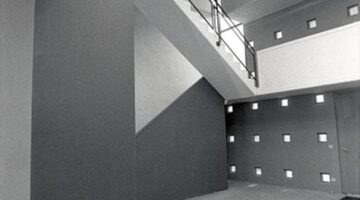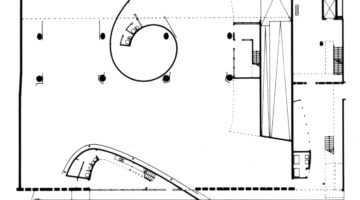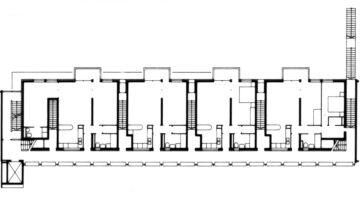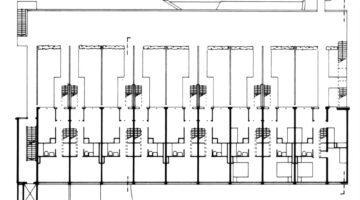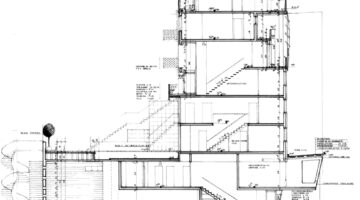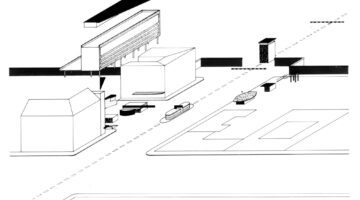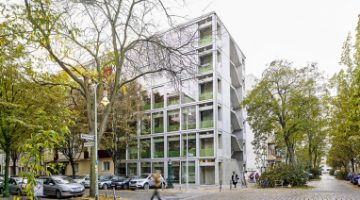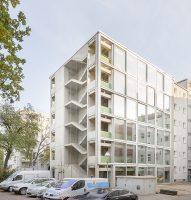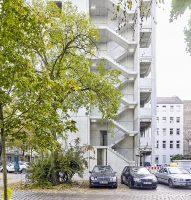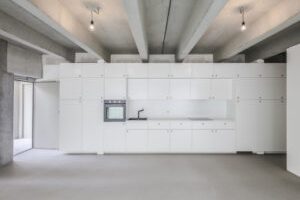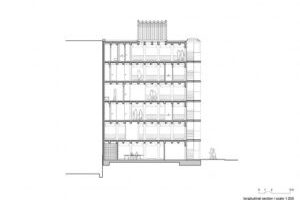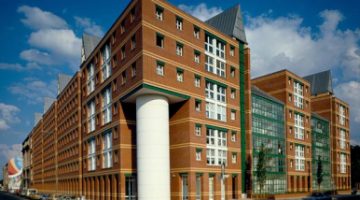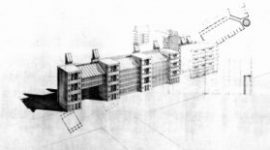Buy Back Berlin
Main objectives of the project
CMMM, a research initiative focused on practical applications, was established to empower civil society actors in their efforts towards creating fairer societies and cities through significant political change. Municipalist mobilizers, dedicated to reshaping power dynamics, continually innovate tools and methods. Critical mapping was given precedence within the project as it represents an "act of power," moving beyond mere theoretical discourse to offer diverse perspectives on realities, catalyzing shifts in narratives and discourse. Among their interactive maps spotlighting housing in European cities, the "Buy Back Berlin!" map stands out. Utilizing acquired datasets and incorporating crowdsourcing options, it serves as an informative platform for civic initiatives striving to resist capitalist dispossession by advocating for the application of the right of preemption in Berlin.
Date
- 2023: Implementation
Stakeholders
- CMMM
Location
City: Berlin
Country/Region: Berlin, Germany
Description
Berlin, where approximately 85% of households are tenants, relies heavily on the availability and affordability of housing units for its residents' livelihoods. The city's socio-economic and spatial landscape, shaped by its division until 1989, fostered opportunities for self-realization due to ample spaces and affordable rents, alongside strong socio-cultural communities and initiatives. However, following reunification in 1990, neoliberal investments surged, facilitated by political agreements that favored neoliberalism and the sale of former East German assets. Consequently, state-owned housing decreased to about a third of its previous holdings despite population growth.
Over the past two decades, extensive mobilization by civic initiatives advocating for affordable housing rights has led to efforts by the city to reclaim lost housing stock. Nonetheless, large real estate firms and financialization persistently inflate purchase prices and rents, driving tenant displacement through gentrification. The "Buy Back Berlin" map aims to provide information on "Gemeinwohl" (common good) organizations in Berlin dedicated to acquiring, maintaining, or protecting affordable housing for tenants. It serves as a testament to ongoing efforts in the city's housing scene and a call to policymakers for transformative housing policies.
The map features sections for "Need Information," where individuals can ask to seek information about their landlords or supporting organizations; "Take Action," allowing tenants to assert their rights, showing their willingness to act and inform others; and "Offer Support," where organizations can register to assist those in need and contact those how want to act to maintain their houses. Hence, the map function as a link between stakeholders in the city to form coalitions between people in need, people willing to act and organizations who can support both of them. Additionally, the map displays the outcomes of the municipal right of preemption, an instrumental tool until a court ruling in November 2021, which allowed municipalities to intervene against hyper-commercialization in collaboration with tenants and socially responsible real estate companies. The right consists on being the first to be able to buy (at the same price) when there is a transaction of a landlord with a third party. This helped a lot to restore the public and affordable stock of housing in the city. Now, with a poster, CMMM is fighting to restore this right, showing what has achieved in the past with the map.
The Berlin map puts together a network of stakeholders to push for affordable housing. Moreover, helps to show the usefulness of old tools and fight for the need of restoring them. Thus, it shows how critical maps can foster new and old solutions to the housing crisis.


